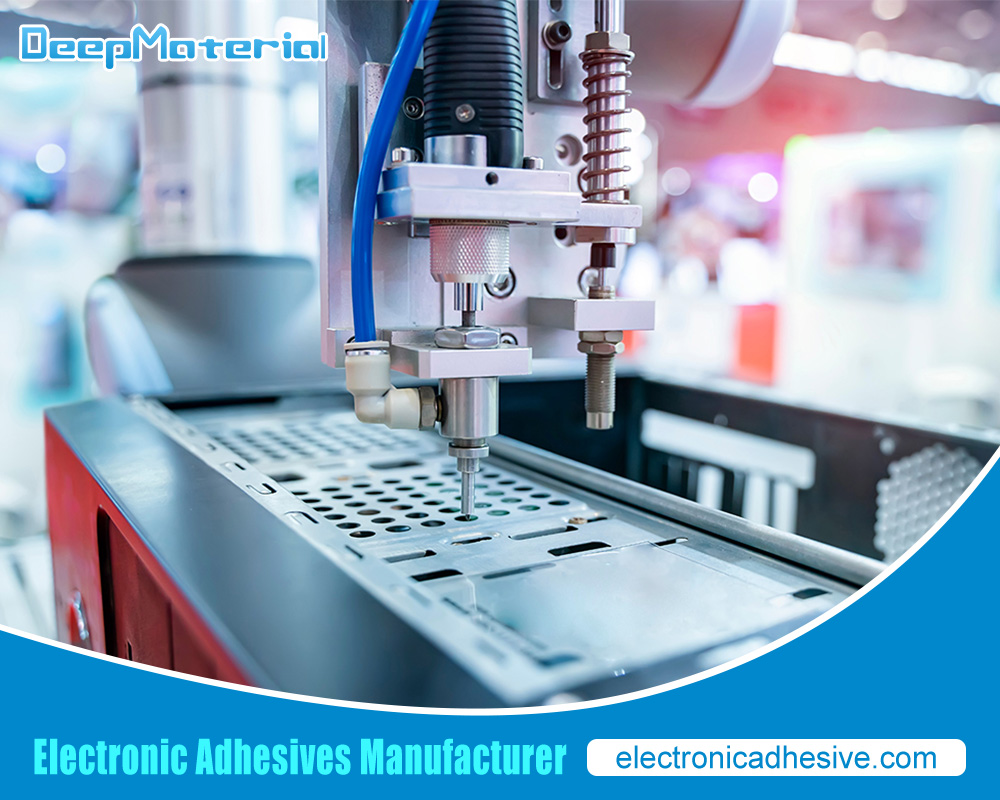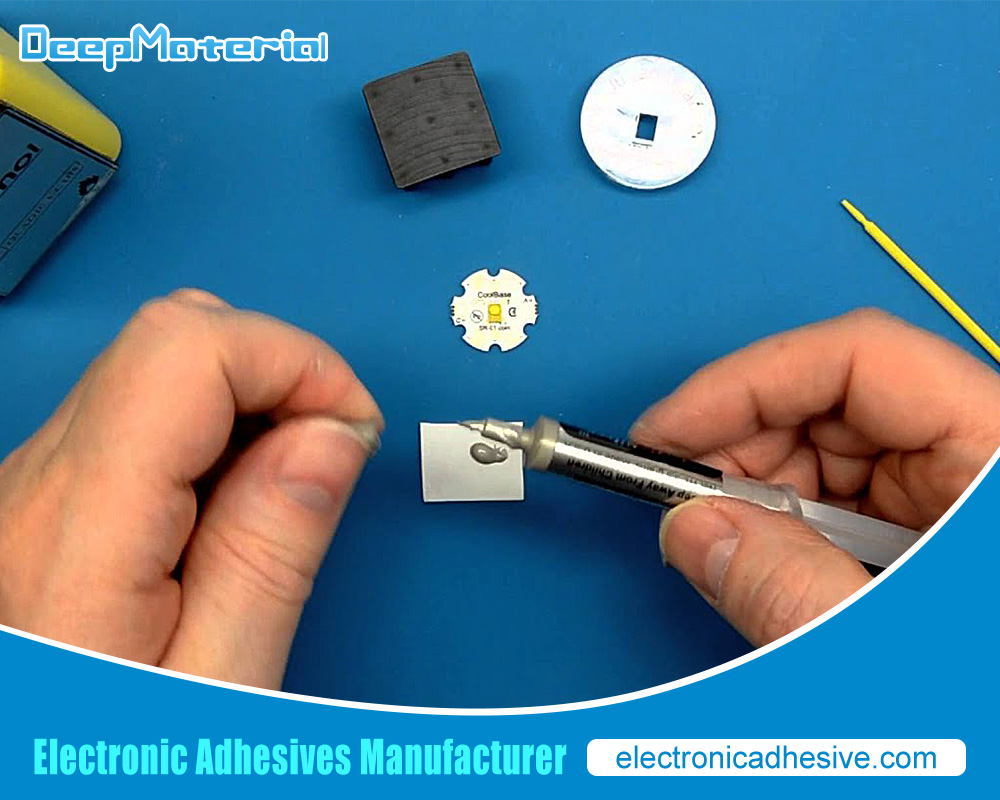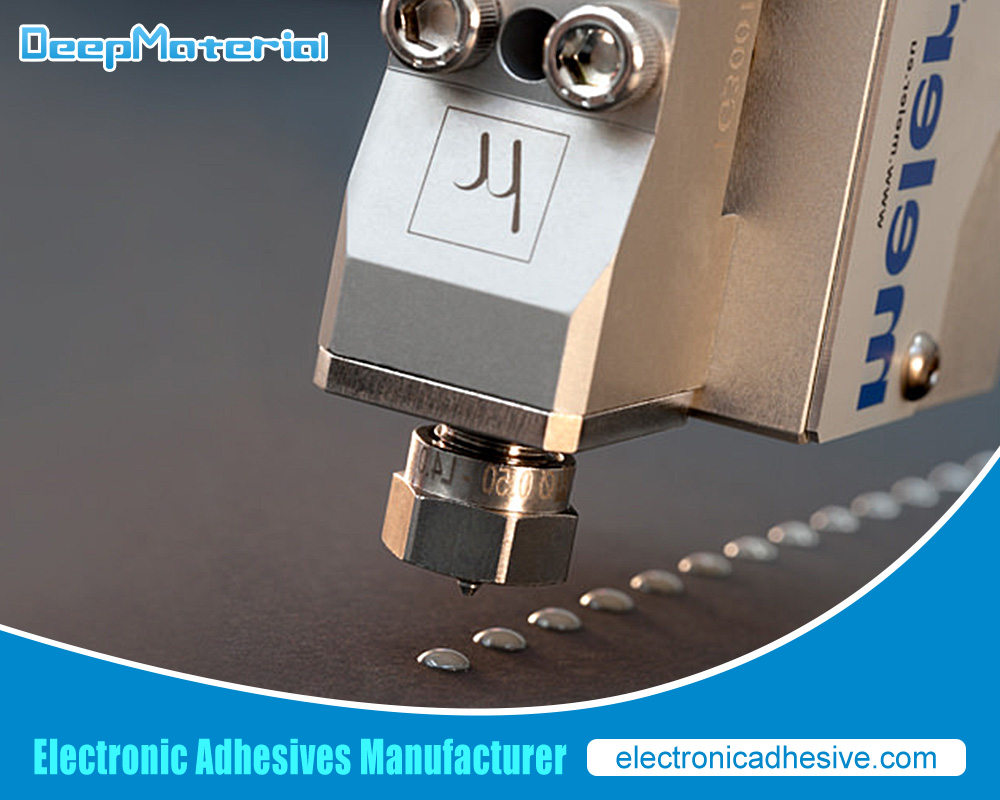Understanding Camera Module Adhesive: A Comprehensive Guide
Understanding Camera Module Adhesive: A Comprehensive Guide
The development of camera technology has revolutionized various industries, including smartphones, automotive systems, and security devices. A crucial but often overlooked component in the assembly of these devices is the camera module adhesive. This adhesive plays a pivotal role in ensuring camera module durability, performance, and reliability. This article will delve deep into the importance, types, application processes, and advancements in camera module adhesives.
Importance of Camera Module Adhesive
Camera module adhesives are essential for several reasons. They provide the necessary bonding strength to secure the camera module components, ensure the alignment of optical elements, and protect sensitive electronic parts from environmental factors.
Bonding Strength
The primary function of camera module adhesives is to provide robust bonding between different components of the camera module, including the lens, image sensor, and other optical elements. Strong bonding is critical to maintaining the integrity and performance of the camera over time, especially in devices subject to frequent movement and impact, such as smartphones and automotive cameras.
Alignment Precision
Alignment precision is crucial for the optimal performance of camera modules. Any misalignment can lead to poor image quality and functionality. Adhesives help maintain precise alignment of the optical components, ensuring that the camera captures sharp and clear images.
Environmental Protection
Camera modules are often exposed to various environmental factors, including humidity, temperature fluctuations, and mechanical shocks. Camera module adhesives provide a protective seal that safeguards the internal components from moisture, dust, and other contaminants, thereby enhancing the durability and longevity of the device.
Types of Camera Module Adhesive
Several types of adhesives are used in camera module assembly, each with unique properties and applications. The choice of adhesive depends on factors such as bonding strength, curing time, and environmental resistance.
Epoxy Adhesives
Epoxy adhesives are widely used in camera module assembly due to their excellent bonding strength and resistance to environmental factors. They are typically used to bond the lens holder to the image sensor. Epoxy adhesives can be either one-part or two-part systems. One-part epoxies are cured with heat, while two-part epoxies are cured at room temperature when mixed.
Acrylic Adhesives
Acrylic adhesives are known for their fast curing times and strong adhesion properties. They are often used in applications where quick assembly is required. Acrylic adhesives are also resistant to UV light and have good environmental stability, making them suitable for outdoor camera modules.
Silicone Adhesives
Silicone adhesives are favored for their flexibility and excellent thermal stability. They are commonly used in applications where the camera module needs to withstand significant temperature variations. Silicone adhesives also provide good moisture resistance, crucial for outdoor and automotive camera applications.
UV-Curable Adhesives
UV-curable adhesives offer the advantage of rapid curing when exposed to ultraviolet light. This allows for quick assembly and alignment of camera module components. UV-curable adhesives are advantageous in high-volume manufacturing environments where speed and precision are essential.
Pressure-Sensitive Adhesives (PSAs)
PSAs are used for temporary or non-permanent bonding applications in camera modules. They provide an easy and quick bonding solution without the need for curing. PSAs are typically used to attach protective films or covers during manufacturing.

Application Processes
The application of camera module adhesives involves several critical steps to ensure optimal bonding and alignment. These steps include surface preparation, adhesive dispensing, alignment, and curing.
Surface Preparation
Proper surface preparation is essential for achieving strong and reliable bonds. This involves cleaning the surfaces to remove contaminants such as dust, grease, or moisture. In some cases, surface treatments such as plasma or corona may be applied to enhance adhesion.
Adhesive Dispensing
Accurate adhesive dispensing is crucial to avoid excess adhesive, which can cause misalignment or contamination of optical components. Automated dispensing systems are often used to ensure precise and consistent adhesive application. The choice of dispensing method depends on the adhesive type and the camera module’s specific requirements.
Alignment
Once the adhesive is applied, the components of the camera module must be aligned accurately. This step is critical for ensuring the camera’s optical performance. Alignment is typically performed using precision alignment tools and fixtures. In some cases, active alignment techniques are used, where the camera module is actively adjusted while monitoring the output to achieve optimal alignment.
Curing
Curing is hardening the adhesive to achieve its final strength and properties. The curing method depends on the type of adhesive used. For example, epoxy adhesives may require heat curing, while UV-curable adhesives harden upon exposure to ultraviolet light. Proper curing ensures the durability and performance of the adhesive bond.
Advancements in Camera Module Adhesives
The continuous evolution of camera technology has driven advancements in camera module adhesives. Researchers and manufacturers are constantly developing new adhesive formulations and application techniques to meet the increasing demands for higher performance, miniaturization, and environmental resistance.
Miniaturization and High Precision
As camera modules become smaller and more compact, the need for adhesives with high precision and minimal application footprints has increased. Advanced dispensing technologies, such as jet dispensing and micro-dispensing, are being developed to apply high accuracy and minimal waste adhesives. These technologies enable the precise application of adhesive in small volumes, which is crucial for miniaturized camera modules.
Enhanced Environmental Resistance
With the growing use of camera modules in outdoor and automotive applications, there is a demand for adhesives with enhanced environmental resistance. Researchers are developing adhesives with improved resistance to moisture, UV light, and temperature fluctuations. These advancements help ensure the reliability and longevity of camera modules in harsh environments.
Faster Curing Times
Adhesives with faster curing times are needed to meet the demands of high-volume manufacturing. UV-curable adhesives and new formulations of epoxy and acrylic adhesives are being developed to reduce curing times while maintaining strong bonding properties. Faster curing times help increase production efficiency and reduce manufacturing costs.
Eco-Friendly Adhesives
The growing emphasis on sustainability has led to the development of eco-friendly adhesives. These adhesives are formulated with low or no volatile organic compounds (VOCs) and are designed to have minimal environmental impact. Eco-friendly adhesives help manufacturers meet regulatory requirements and reduce their carbon footprint.
Challenges and Future Trends
Despite the advancements in camera module adhesives, several challenges remain. These include achieving consistent adhesive performance, ensuring compatibility with new materials, and meeting higher performance and miniaturization demands.
Consistency and Reliability
Achieving consistent performance and reliability of adhesive bonds is a significant challenge. Variations in adhesive properties, application methods, and environmental conditions can affect the performance of the adhesive bond. Manufacturers are developing adhesives with more consistent properties and improving quality control processes to ensure reliable bonding.
Material Compatibility
Introducing new materials in camera module assemblies, such as advanced polymers and composites, presents challenges in adhesive bonding. Ensuring compatibility between adhesives and new materials is crucial for achieving solid and durable bonds. Ongoing research is focused on developing adhesives that can effectively bond various materials used in camera modules.
Higher Performance and Miniaturization
As camera modules evolve, there is a constant demand for higher performance and further miniaturization. This requires adhesives with enhanced properties, such as higher bonding strength, improved thermal stability, and reduced application footprints. Researchers and manufacturers are continuously working on developing advanced adhesives to meet these demands.
Automation and Integration
The trend towards automation and integration in manufacturing processes also influences the development of camera module adhesives. Automated dispensing systems, precision alignment tools, and advanced curing technologies are being integrated into production lines to improve efficiency and consistency. The development of adhesives that are compatible with automated processes is a crucial area of focus.

Conclusion
Camera module adhesives are a critical component in the assembly of modern camera systems. They provide the necessary bonding strength, alignment precision, and environmental protection to ensure the performance and reliability of camera modules. Advances in adhesive formulations and application technologies drive the evolution of camera module adhesives, enabling higher performance, miniaturization, and improved environmental resistance.
As camera technology advances, innovative adhesives will play a crucial role in meeting the demands of new applications and improving the overall quality and performance of camera modules. By understanding the importance, types, application processes, and advancements in camera module adhesives, manufacturers can make informed decisions to optimize their camera module assembly processes and achieve superior results.
For more about understanding camera module adhesive: a comprehensive guide, you can pay a visit to DeepMaterial at https://www.electronicadhesive.com/ for more info.











